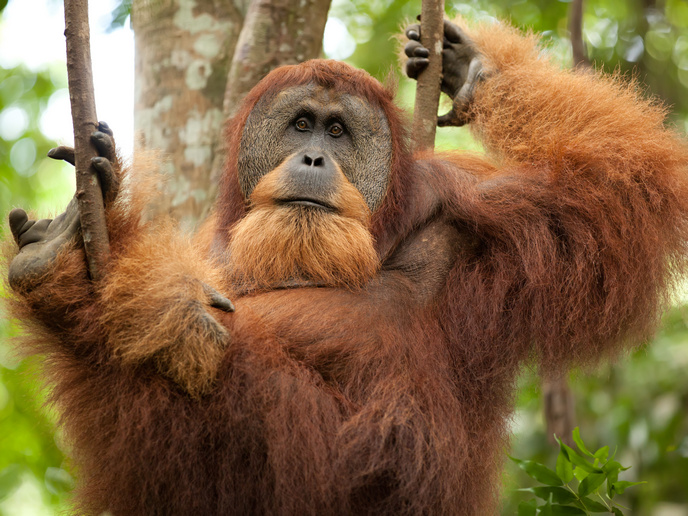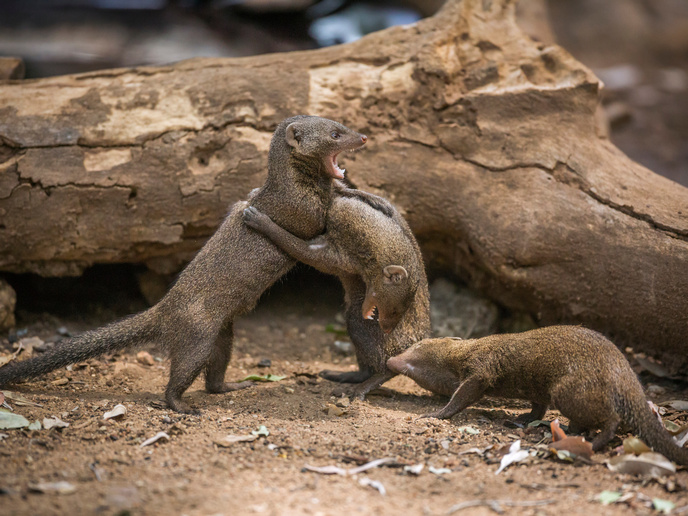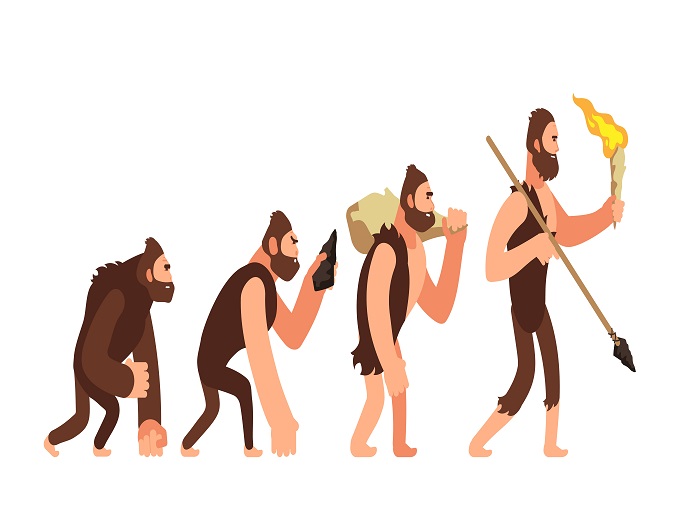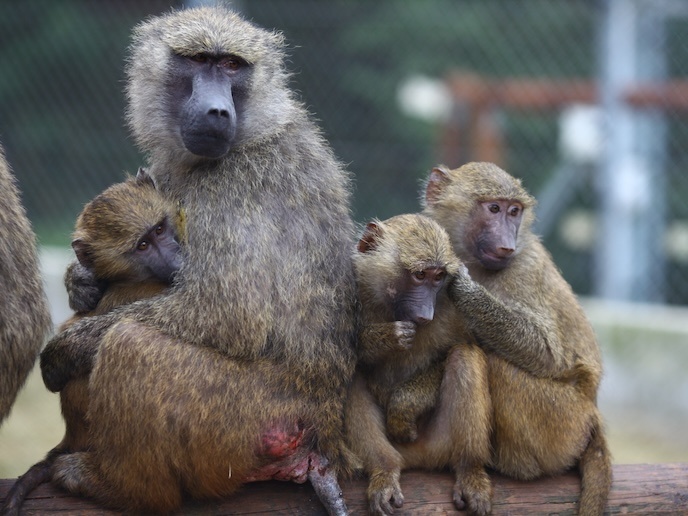Comparing implicit and explicit learning in primates
Human learning is often separated into two distinct forms: implicit learning, where knowledge is gained unconsciously; and explicit learning, where learning is the target of actions or behaviours. “Our species can use both implicit and explicit learning processes, or a combination of both to varying degrees, depending on factors such as age, environmental conditions and the type of regularities to be learned,” explains Raphaëlle Malassis, researcher in animal cognition at the École Normale Supérieure in Paris. “To date, we do not know if the same applies to other species.” In the EU-funded ImpExpPrimates project, researchers explored this knowledge gap through a hypothesis stating that grammar is learned both implicitly and explicitly. This idea was explored in a range of non-human primate species, to better understand the learning processes involved in the processing of grammars and their evolutionary origin.
Exploring implicit and explicit learning
Numerous human studies have shown that explicit learning gives rise to knowledge whose expression can be controlled – such as being able to choose whether to repeat what has been learned, or not. “In contrast, when we learn something implicitly, we tend to automatically reproduce it without realising it – a property that can be probed in non-human animals,” says Malassis, ImpExpPrimates project lead researcher. So, the team developed an entirely non-verbal paradigm to probe knowledge, in which words are replaced by spatial location on a computer screen, and participants have to follow a target that moves from one location to the next according to a simple grammar. Once they had learned these paths, the participants were then tested under two conditions: one in which they must reproduce them; the other where they must avoid doing so. After successfully validating the procedure with human participants, the team applied it to three non-human primate species: Guinea baboons (Papio papio); chimpanzees (Pan troglodytes); Sumatra orangutans (Pongo abelii).
Encouraging results from a challenging task
The series of experiments showed the researchers that learning the inclusion and exclusion rules without verbal instructions was not so easy. A third of human participants trained in the same way as non-humans did not learn these rules, explains Malassis. “They made other hypotheses about the rules of the task, some of which were quite unexpected for us!” Among the non-human primates, only a very small proportion managed to learn and apply the inclusion and exclusion rules, and only under certain conditions. “These results are encouraging but also indicate a great difficulty, suggesting that this is not the only paradigm to exploit to test our hypothesis,” notes Malassis, whose work was undertaken with the support of the Marie Skłodowska-Curie Actions programme.
Unravelling the complex links between consciousness and learning
The project raised several new questions the ImpExpPrimates researchers would like to explore further. For example, they observed that non-human primates sometimes produced anticipatory responses: they positioned their hand where the target would appear long before it appeared. In the human learning literature, this is often a sign of explicit learning: people who do this can also verbally describe what they have learned. “By developing new tasks and measures to probe potentially conscious representations in non-speaking beings, we are helping to advance the study of the relationships between consciousness and learning,” adds Malassis. “Not only in humans but in a wider diversity of cognitive systems!”
Keywords
ImpExpPrimates, implicit, explicit, learning, complex, consciousness, humans, primates, grammar







